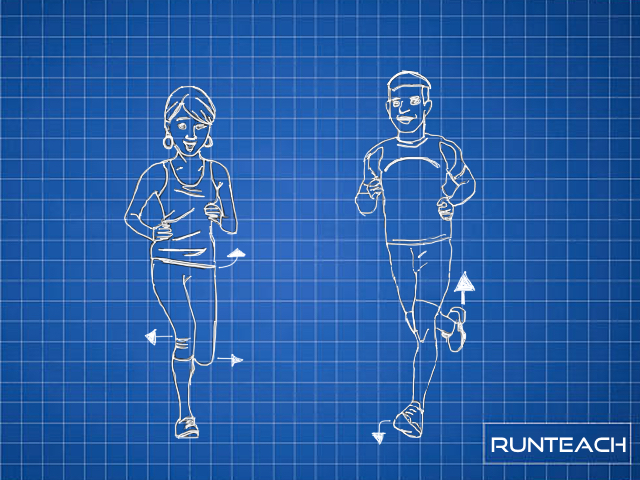Midsection Part 3
This post relates to my Blueprint for running, which is free to download here – from my other site, The Confident Runner.
Firstly, I want to thank you for continuing to read these emails and I’m glad you are finding them useful.
Secondly, you’ll have noticed I’ve reduced them to one per week. If you would prefer me to send them twice per week again, please reply and let me know and I’ll go with the majority.
Thirdly, I’ve had a redesign done of the Blueprint, which you can download here. If you use the same email address as the one this email gets sent to, you won’t get added to the list again.
The content of the Blueprint is the same, it just looks a lot nicer now that I’ve had it professionally designed rather than the version I did myself.
OK, let’s move on
In the last lesson I went through flexion, the impact it can have on your running and how an integrated and activated core can help so much with this.
In this lesson I’m going to very briefly (“thank goodness” I hear you shout) cover extension.
I don’t see many runners with overactive extension, but it’s worth a whistle-stop look for completeness.
When you see a runner with overactive extension, we say they are “running in the back seat”. That is, they will be leaning backwards. This puts excessive stress on their lower back, and over longer distances can lead to early fatigue and post run aches and pains.
Just with excessive flexion, excessive extension shifts your body’s center of mass. As a result, you’ll start making all kinds of compensations that impact on your efficiency, performance and injury risk.
There can be a number of reasons why a runner may lean backwards, and you will more often see this in track runners than in road runners. One of the most famous was the American sprinter Michael Johnson, although his backwards lean tended to be a very large arch of his back – he still had a slight forward lean overall. But, if you watch late-teenage high performing track athletes, you’ll usually see one or two who do have a true backwards lean.
Coming back to road/trail running, one of the reasons you may run with backwards lean is down to your balance system. It’s too much to put in an email, so I’ll do an explanation video at some point, but essentially if your balance system thinks that leaning slightly back is actually straight, you will display excessive extension.
OK, so on the self assessment sheet for the Blueprint, in the MID SECTION area, note down whether you think you have flexion or extension, and whether it appears excessive or not.
The best way of doing this is by getting some video of you running from the side. You only need about 10 seconds, so get a relative or a running buddy to do that for you.
Right, that’s enough for today. In the next lesson I’ll cover my favourite subject – the hips!
Unleash your hips is my online course designed to help you get those flying feet through better hip and pelvis mobility and improved running technique. Click Here to find out more.


